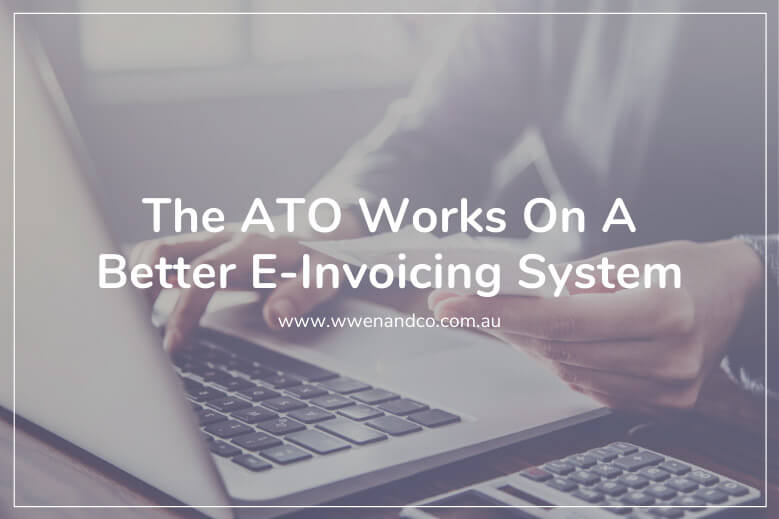
E-invoicing helps reduce payment times and improve cash flow
The headline above may give the impression that electronic invoices are a futuristic concept, but of course even today there is a version of e-invoices — think PDFs and other electronic documents that can contain the information a standard tax invoice is required to display.
What is e-invoicing and how does it work?
But what the ATO is working towards, and what it means by electronic invoicing (or e-invoicing) is more than a mere PDF. It is the automated direct exchange transmission of invoices between the software systems used by buyers and suppliers. E-invoicing removes the need to create paper-based or PDF invoices, scan, post or email them, and manually enter them.
E-invoicing is an automated process of submitting and processing an invoice in a digital format, integrating the supplier’s accounts payable solution with the seller’s accounts receivable solution.
This process often includes validation of invoice information, acknowledgement of receipts and some specific business rules.
E-invoices can be sent directly to a customer’s software if both systems are using the same standards, even if the buyer and supplier are using different software. For Australian use, the ATO is working with the local software industry to use what is known as the Pan-European Public Procurement On-Line (PEPPOL) standard, which is internationally established and is a proven approach used in over 32 countries to foster international trade.
E-invoices are received directly into the business’s financial systems, minimising the risk of fake or compromised invoices. E-invoices are sent between the sender and receivers chosen service providers and software. The invoice doesn’t transmit via the ATO’s systems.
E-invoicing benefits and efficiencies
The ATO says that e-invoicing is more than a discretionary choice, but is rather a necessity, especially given that Australian small businesses are collectively owed $26 billion in unpaid invoices at any given time. Of all late payments, the ATO says that over 20% are due to errors on invoices, and of those more than 20% are due to the invoice being sent to the wrong recipient following manual data entry.
With more than 1.2 billion invoices exchanged in Australia annually, the ATO has estimated that savings to the economy from a better and more efficient invoicing system would be around $28 billion over 10 years.
While e-invoicing brings efficiencies through simplifying and automating the exchange and processing of invoices, the biggest benefits to business will be reduced payment times and improved business cash flow.
To get your business ready for e-invoicing, we can assist you with selecting suitable software and make sure you are digitally ready

